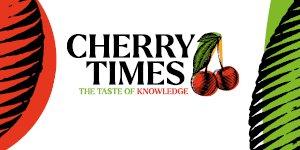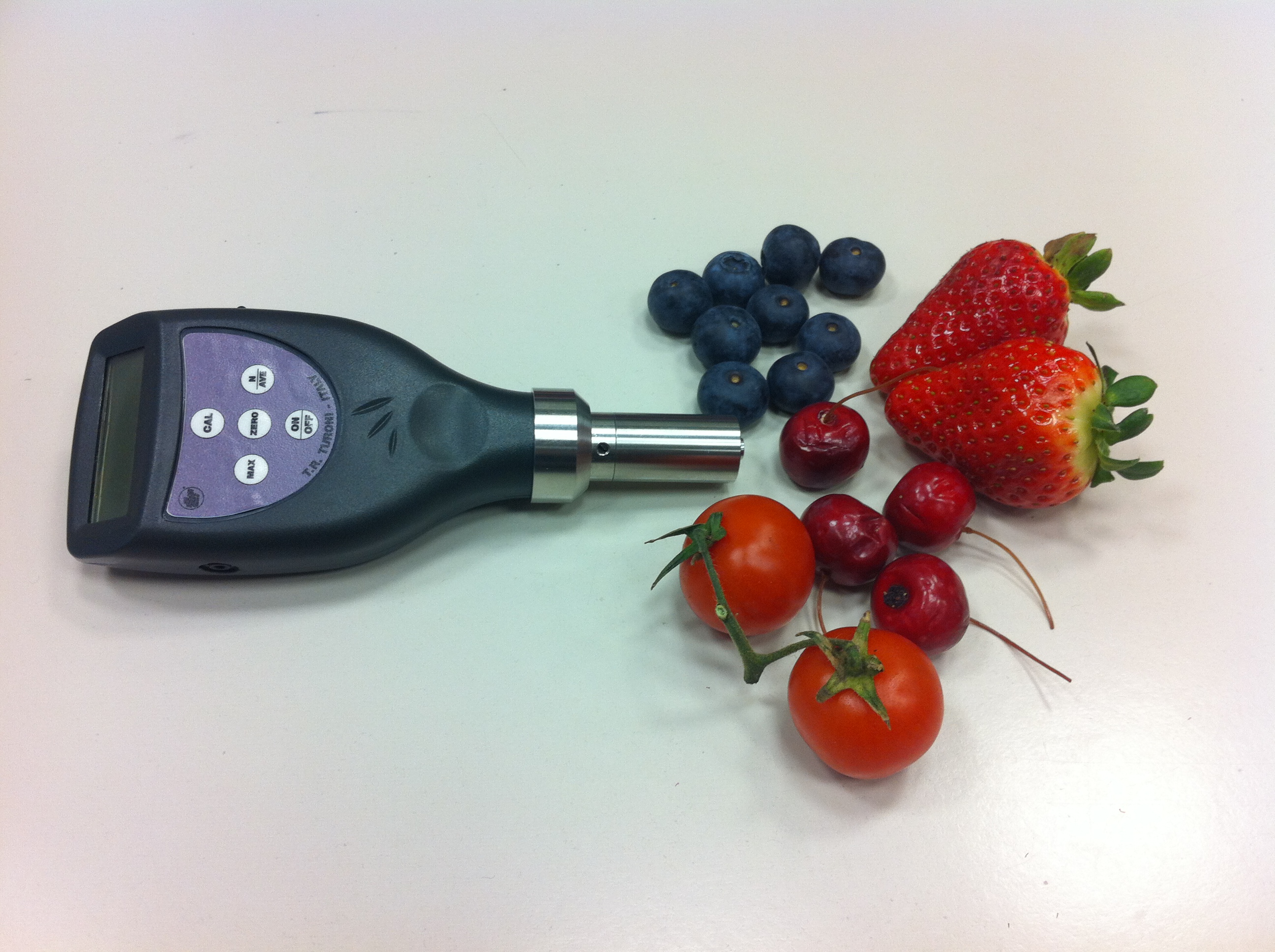The Tummelberry (Rubus 'Tummelberry') is a hybrid berry patented in 1984(USPP5697P) as a new and distinct hybrid variety of Rubus. The name comes from the Scottish river Tummel, which flows north of the research centre that selected it.
THE TUMMELBERRY STORY
The variety was obtained by crossing seedling 69102/18, an unnamed hybrid bred at the Scottish Crop Research Institute, with Tayberry as the pollen parent. The variety resembles Tayberry in some respects, but differs from it in flavour, size, fruit shape and colour, ripening season and intensity of red pigments in the stems and leaves. Compared to Tayberry, it has larger fruit and a brighter, more attractive shade of red.

The original plant was selected from a family of seedlings resulting from a 1973 cross at the Scottish Crop Research Institute (SCRI), Dundee, UK, between Tayberry and seedling 69102/18. The latter had been bred at SCRI and served as the maternal parent. Tayberry is a blackberry-raspberry hybrid, also bred at SCRI and the subject of U.S. Plant Pat. U.S. Plant Pat. No. 4,424.
The variety can be easily reproduced through the use of leaf bud cuttings, rooted tips, suckers produced in a seedbed or tissue culture.
Initially named Clydeberry, it was later renamed Tummelberry.

The Tummelberry plant can reach 2-3 metres in height; it has vigorous, robust shoots that are erect in the early part of the season, but become semi-erect or prostrate as growth proceeds. The spines are dense, elliptical in shape and highly pigmented at the base and tip. It is self-fertile and yields very good.
The leaves are medium green in colour and generally lack red pigmentation at the margins of the older leaves and in the petioles. The substantial absence of pigmentation is a point of difference from Tayberry (U.S. Plant Pat. No. 4,424). The leaflets are generally five in number and have a distinct relief between the veins.
The spines are moderate in size, dense, triangular and with a short, pointed tip.
The fruit is large, deep red in colour turning purplish-red when overripe, short conical in shape and with a large number of drupes. The weight of the fruit is generally about 4-5 grams during the wet season and less during the dry season. Fruit size varies from about 26 to 35 mm by about 19 to 22 mm. There are usually 5 to 7 fruits per side cane. The fruit is similar to Tayberry in juiciness. The fruit is very attractive, large and round with a bright red colour and a superb flavour.
Harvesting in continental climates starts from mid-July (one week after Tayberry) and continues until the end of August, with one of the longest harvest windows of all hybrids. Yield, vigour and winter hardiness are all good.
This hybrid has an intense and distinctive flavour that makes for unique preserves. Rarely found in shops, they freeze well and add a touch of class to your dinner desserts. They make fantastic jams and unique ice creams. They are also very easy to freeze and retain their shape when thawed.











